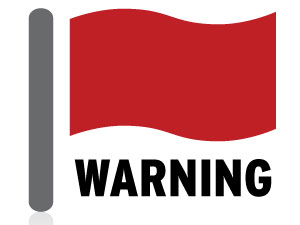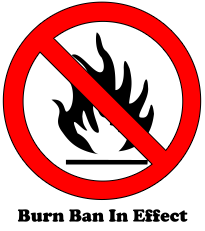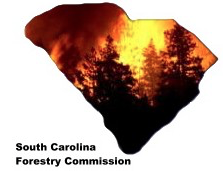Pub Ed Coordinator – Anthony “Pops” Roberts
843-368-8395
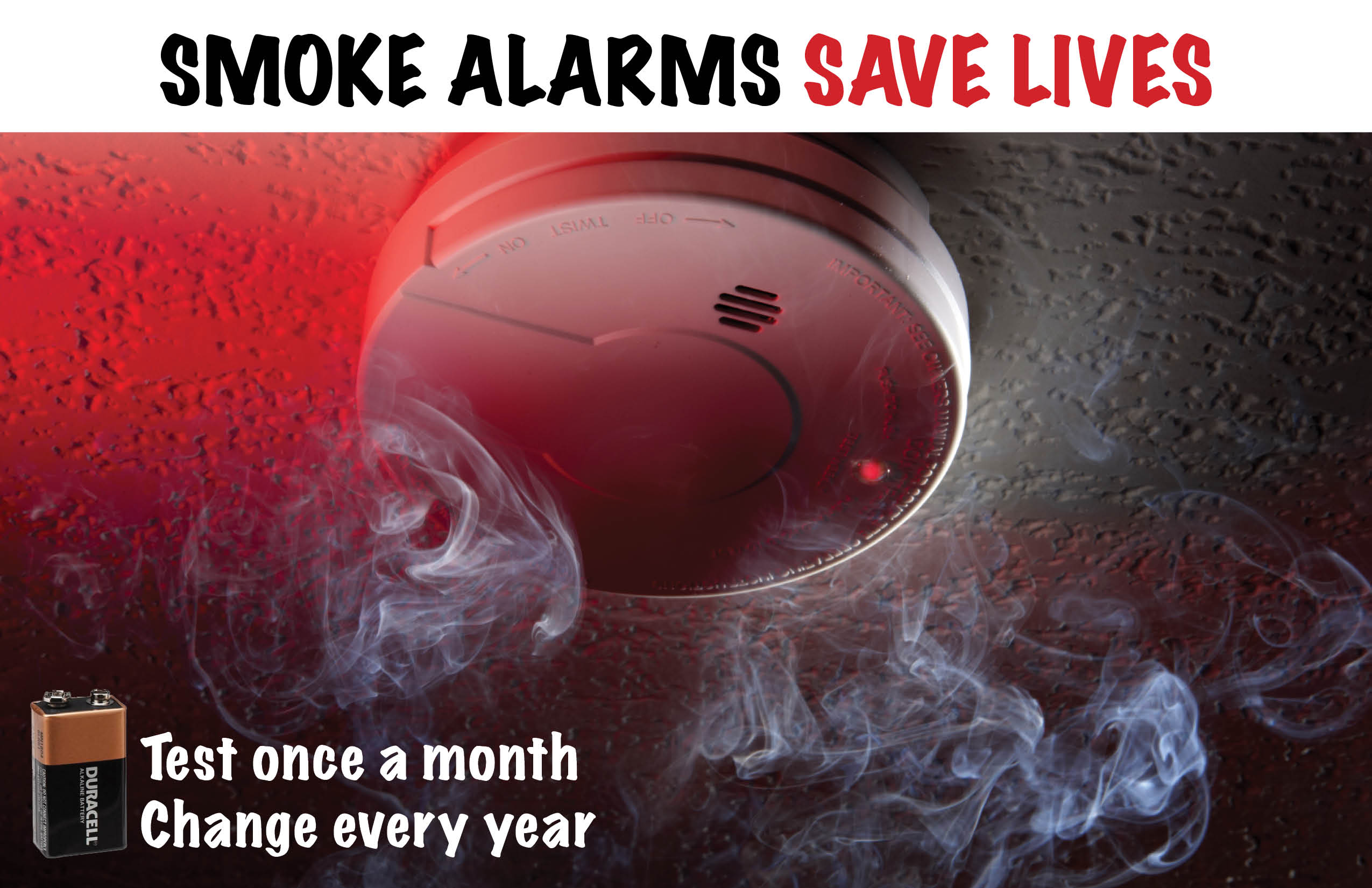
Smart Choices in Smoke Alarm Placement
Home is where most people feel the safest – but it’s also where you are most likely to experience a fatal fire. According to the National Fire Protection Association (NFPA), 85 percent of all fire fatalities – close to 2,650 people annually – occur in a home. Many of these deaths may have been prevented; most fire fatalities happen in the 29 percent of homes that either have inoperable smoke alarms, or no alarms, the NFPA noted.
While three-fourths of U.S. homes have at least one working alarm, the question remains as to whether they have enough alarms. Model code NFPA 72 requires newly constructed homes to have hardwired, interconnected smoke alarms on each floor, in hallways and inside of all sleeping areas. But more than 84 million homes – most built prior to 1993 – only have isolated battery- or electric-powered smoke alarms. Millions more do not have an alarm inside of bedrooms. Simply put, residents without a sufficient number of working smoke alarms are under protected and therefore at increased risk.
Recent studies identify that based on construction features and contents, families may have less than three minutes from the time the first smoke alarm sounds to escape a fire (National Institute of Standards and Technology). The sooner an alarm is heard, the more time there is to respond.
Because you can’t predict what type of fire will start in a home, it is important that both smoldering and flaming fires are detected as quickly as possible. Therefore, both photoelectric and ionization technology – either in a mix of single technology alarms or a combination alarm — is optimal. However, the most important thing is to ensure that there are working UL-listed smoke alarms on every floor of the home, in hallways, in living areas, inside bedrooms and outside of sleeping areas.
The Bedroom:
More than half (55%) of all home fire fatalities occur in the bedroom. (USFA)
More than a third (35%) of the victims were asleep at the time of the fire.
Half of all home fire fatalities occur between the hours of 10 p.m. and 6 a.m., when most people are asleep. (NFPA)
Since it is recommended to sleep with bedroom doors closed to assist in limiting the spread of a fire, it is important to place alarms within each bedroom as the shut door can cut the decibel level of an alarm outside of the room nearly in half – from 85 db to 46 db. (CPSC)
Kitchen:
Cooking is the leading cause of home fires and injuries in the United States, and the third leading cause of home fire deaths. (NFPA)
41% of reported home fires start in the kitchen, resulting in 15% of home fire deaths. (NFPA)
Install smoke alarms at least 20 feet from cooking appliances to prevent nuisance alarms. Also ensure the alarm has a hush button, which will temporarily halt the alarm during a nonemergency.
Hallways:
Because sleeping areas are often located furthest from the exits of a house, it is important that smoke alarms be installed in the hallways and on all exit routes from bedrooms.
Install smoke alarms on the hallway ceiling outside of sleeping areas.
Living Area:
Although only 4% of home fires start in the living room, family room, or den, these fires cause 24% of deaths. (NFPA)
After the bedroom, most smoking-related fires occur in the living room. (NFPA)
Typically, abandoned or carelessly discarded smoking materials ignite trash, bedding or upholstery.
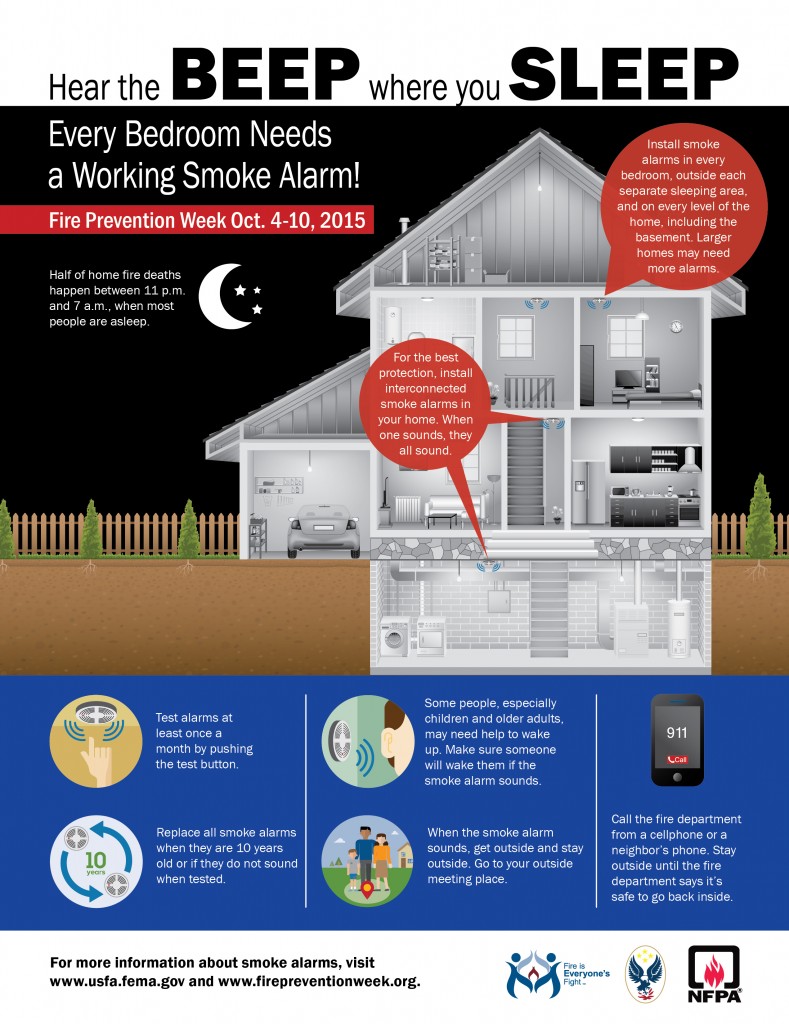
Smoke Detector Installation Tips:
Install at least one smoke alarm on each level or story of a multi-story dwelling, inside and outside of sleeping areas, in hallways, and living/kitchen areas.
Since smoke travels up, smoke alarms should be installed on the ceiling or high on a wall. Mount on the ceiling as close to the center as possible and at least four inches away from the wall.
Install alarms 20 feet away from “sources of combustion particles” (stoves, furnace, water heater, etc.) that could cause nuisance alarms, such as in the kitchen.
Install 10 feet away from bathrooms or other damp, humid areas. The steam can often set off nuisance alarms.
Do not install in areas where the temperature is below 40 or higher than 100 degrees Fahrenheit, such as an attic. Colder or warmer temperatures might set off false alarms and shorten the life of the alarm’s battery.
The living area smoke alarm should be installed in the living room and/or near the stairway leading to the upper level. The alarm should not be located in the stairway.
Smoke alarms should be placed in finished attics; the attic area smoke alarm should be located in the attic near the stairway from the floor below. (NFPA)
The basement smoke alarm should be installed in the basement, within 10 feet of the stairway. The alarm should not be located in the stairway. (NFPA)
If installed on an open joists ceiling, the alarm should be placed on the bottom of the joists. (NFPA)
If a hallway is more than 30 feet long, install a unit at each end. Smoke alarms should also be placed at the top of the first-to-second floor stairway, and at the bottom of the basement stairway. (Kidde recommendation)
Do not install in dusty, dirty or greasy areas – or near air vents, ceiling fans or other drafty areas (drafts can blow the smoke away from the smoke alarm, preventing the alarm from sounding).
Most importantly, install alarms according to manufacturer’s instructions in the owner’s manual.
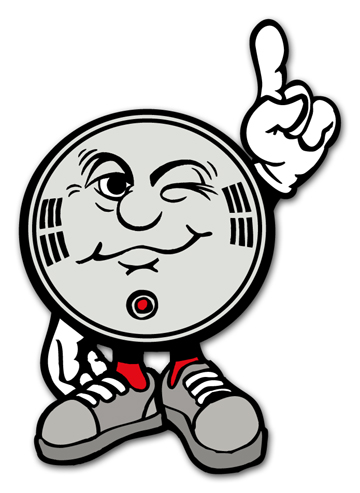
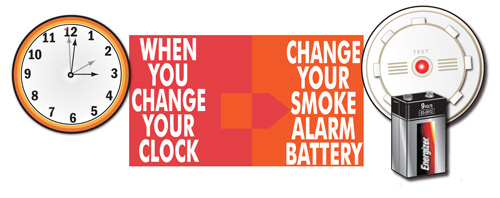
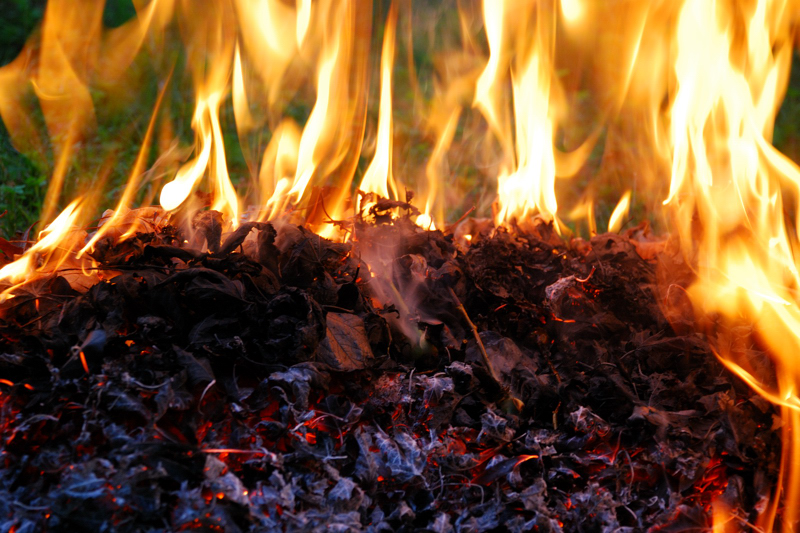
In Addition to notifying SC Forestry, you must adhere to the Beaufort County Burn Ordinance. To understand the burn ordinance, please open the below link.
Although you are not required to notify your local fire department, you are certainly encouraged to. To notify us that you are planning to burn, please contact Headquarters at
843-525-7692

